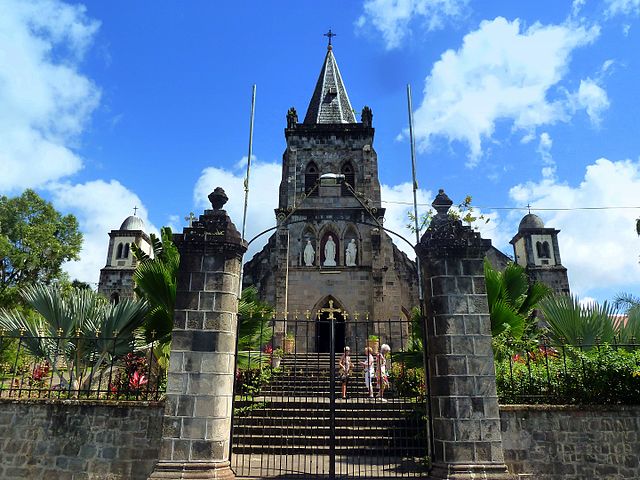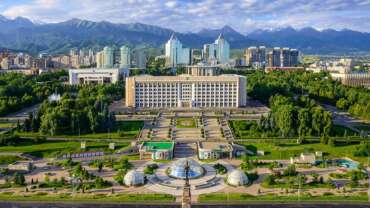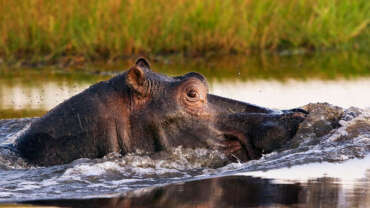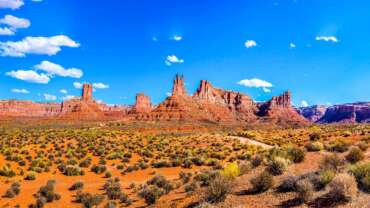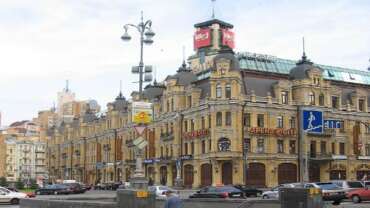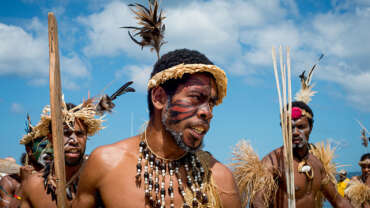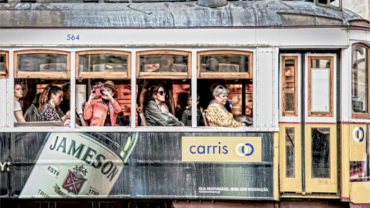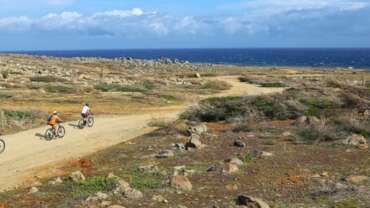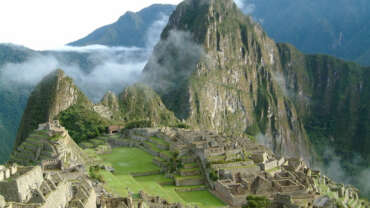Nature Island of the Dominica
Dominica is a mountainous Caribbean island nation with natural hot springs and tropical rainforests. Morne Trois Pitons National Park is home to the volcanically heated, steam-covered Boiling Lake. The park also encompasses sulphur vents, the 65m-tall Trafalgar Falls and narrow Titou Gorge. To the west is Dominica’s capital, Roseau, with colorful timber houses and botanic gardens.
History of Dominica
Geologically speaking, Dominica is one of the youngest islands in the Caribbean chain. It is a spry 26 million years old, still actively evolving with continuous geothermal activity.
Dominica’s first inhabitants, the Ortoroids, arrived from South America around 3100 B.C., and lasted on the island until around 400 B.C. Next came the Arawaks, who settled in about 400 A.D. By 1400, the Kalinago or “Caribs” moved aggressively up the Caribbean from South America, eliminating the Arawak from the region, including Dominica. When Columbus ushered in the era of colonization to Dominica in 1493, the same fate that befell the Arawaks would threaten the Caribs.
Ignoring the Kalinago name of “Waitukubuli,” Columbus renamed the island Dominica as he first made landfall on a Sunday. The Kalinago successfully resisted efforts of Spanish colonization, but the British and French followed from the 1600s on, battling each other, and the Kalinago, to claim the Island. Through the many battles and ravaged by disease, the Kalinago gradually lost control of the island, fleeing back to South America. However, today approximately 2,000 Kalinago remain on the island, most living in the Kalinago Territory in northeast Dominica. You may note that many village names in and around Dominica are a mix of Kalinago, French, and English—reflecting the power struggles of the last 500 years.
On November 3, 1978, the island attained its independence from Britain. The new era of freedom and independence brought increased challenges as well as economic and political struggles. By the mid-1980s, though, Dominica had settled down as a stable and peaceful country. The success of the banana trade, the island’s major export, brought economic buoyancy to the island. By 1992, however, Dominica saw sharp declines in banana exports with the loss of its preferential access on the UK market.
Today, the Government of Dominica is investing heavily in tourism to drive economic development, focusing on the island’s unsurpassed natural beauty, and the popularity of diving, hiking, wellness and eco-tours.
People of Dominica
Dominica is a vibrant tapestry of European and African cultures, with the Caribbean’s only remaining population of pre-Columbian Carib Indians. Properly known as the Kalinago, Dominica’s indigenous people inhabit a 3,700-acre territory or reserve on the eastern coast of the island. Migrating in waves from South America from as early as the 3,000 B.C., various tribes made Dominica their home and by 1,000 A.D. were well-settled, calling the island “Waitukubuli,” meaning ‘tall is her body’ in the Kalinago language.
Despite fiercely resisting European colonization for centuries, the Kalinagos eventually succumbed to the disease, greed, and tyranny unleashed by the Spanish, English, and French colonizing forces. Their grip on the island slowly slipped away with each major European offensive. In 1903, the British Administrator at the time, Hesketh Bell, agreed to allocate 3,700 acres to the Caribs, and also officially recognized the Carib Chief with ceremonial adornments and a financial allowance.
Today, approximately 2,145 Kalinago inhabit this enclave now known as the Kalinago Territory. Visitors should shred any delusion of finding a primitive people in grass skirts practicing ancient rituals. There is little to differentiate them from the rest of the population. It is, however, still possible to acquire a glimpse of their ancestral roots, especially from their craft, canoe building, and physical attributes. Certainly, it is common to find outbuildings in original tribal design, teeming with traditional cultural activity.
Art & Culture of Dominica
Cultural Life
Carib material culture remains evident in the production and use of dugout canoes and intricate woven baskets. The Carib community underwent a cultural renaissance in the 1990s with the opening of a cultural centre in Roseau and increased tourist interest in Carib art and traditions. The government’s cultural agencies have encouraged the revival of slavery-era traditions, which had almost died out, including Afro-French dances, drama, music, and costumes. France remains an important cultural influence in Dominica because of its linguistic legacy and the proximity of Martinique and Guadeloupe, and Dominica’s French-influenced creole was revived in the 1980s and ’90s with the publication of a dictionary and other texts. Other legacies are the predominance of Roman Catholicism—unusual in a former British colony—and Dominica’s French-influenced cuisine, which features local fish and vegetables.
The Dominica Museum, in Roseau, features exhibits on the island’s natural history, economy, culture, and history. Dominica produced two well-known novelists in the 20th century, both of whom were Creole. Jean Rhys (1890–1979) was famous for Wide Sargasso Sea (1966), a broodingly atmospheric novel set on an island that is clearly Dominica. Her contemporary Phyllis Shand Allfrey (1908–86) became known for The Orchid House (1953), which tells of the physical and spiritual decadence of a white planter family in Dominica. As well as writing fiction, Allfrey was a politician, cofounding the Dominica Labour Party and serving as a minister in the West Indies Federation, and a poet, celebrating her island’s natural beauty in poems such as “The Child’s Return.”
Where Everything to See is a Must-See - Unspoiled and unrivaled.
There are only so many hours in the day. Even on Dominica. And with mile after mile of untouched emerald paradise to explore, we want to ensure that every breathtaking moment on the island isn’t missed. That’s why we’ve compiled a selection of experiences that are sure to leave you in awe—whether it’s your first or fifth time visiting. From the beach bum to the adrenaline junkie, we’ve got it covered.



